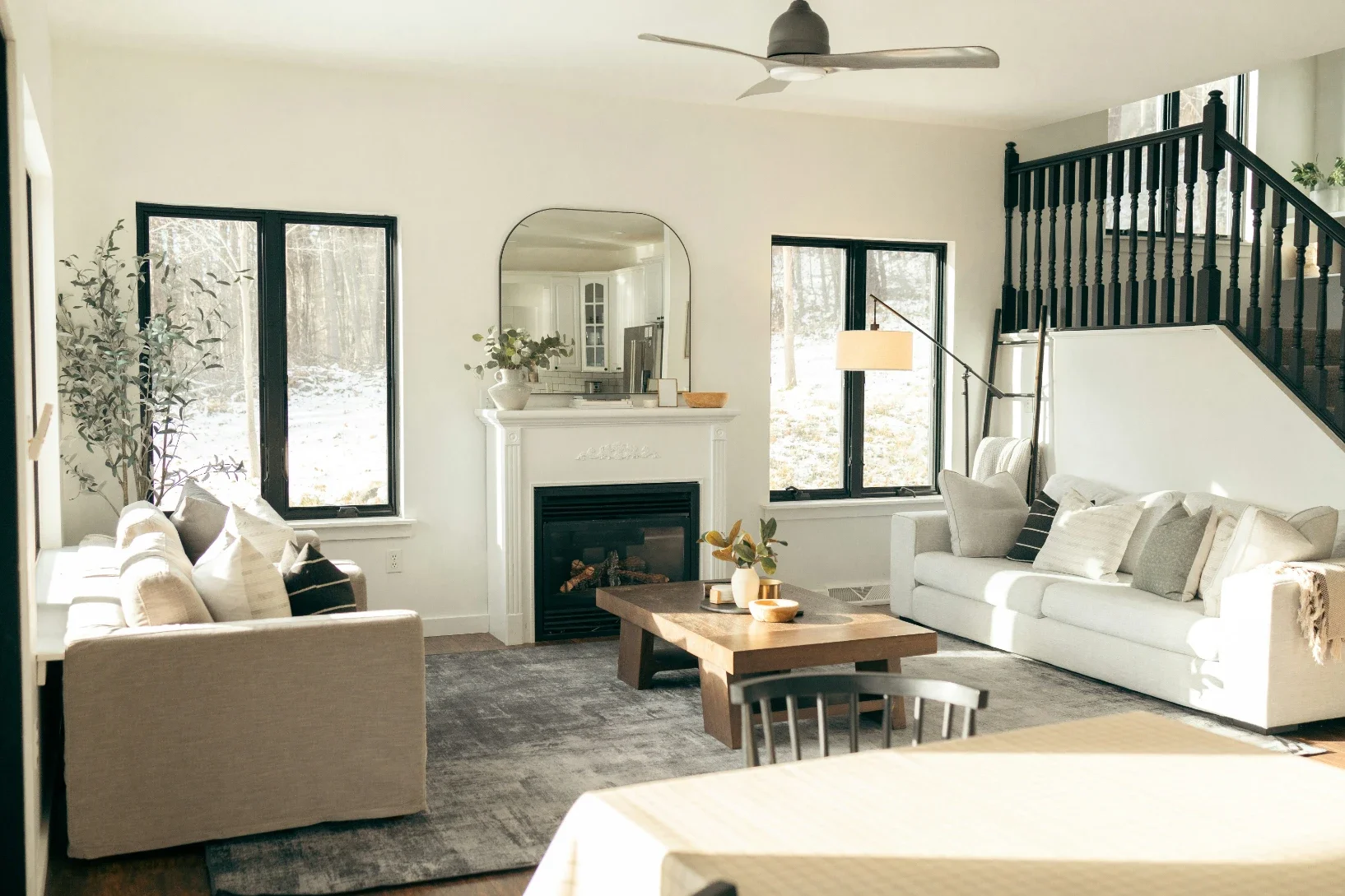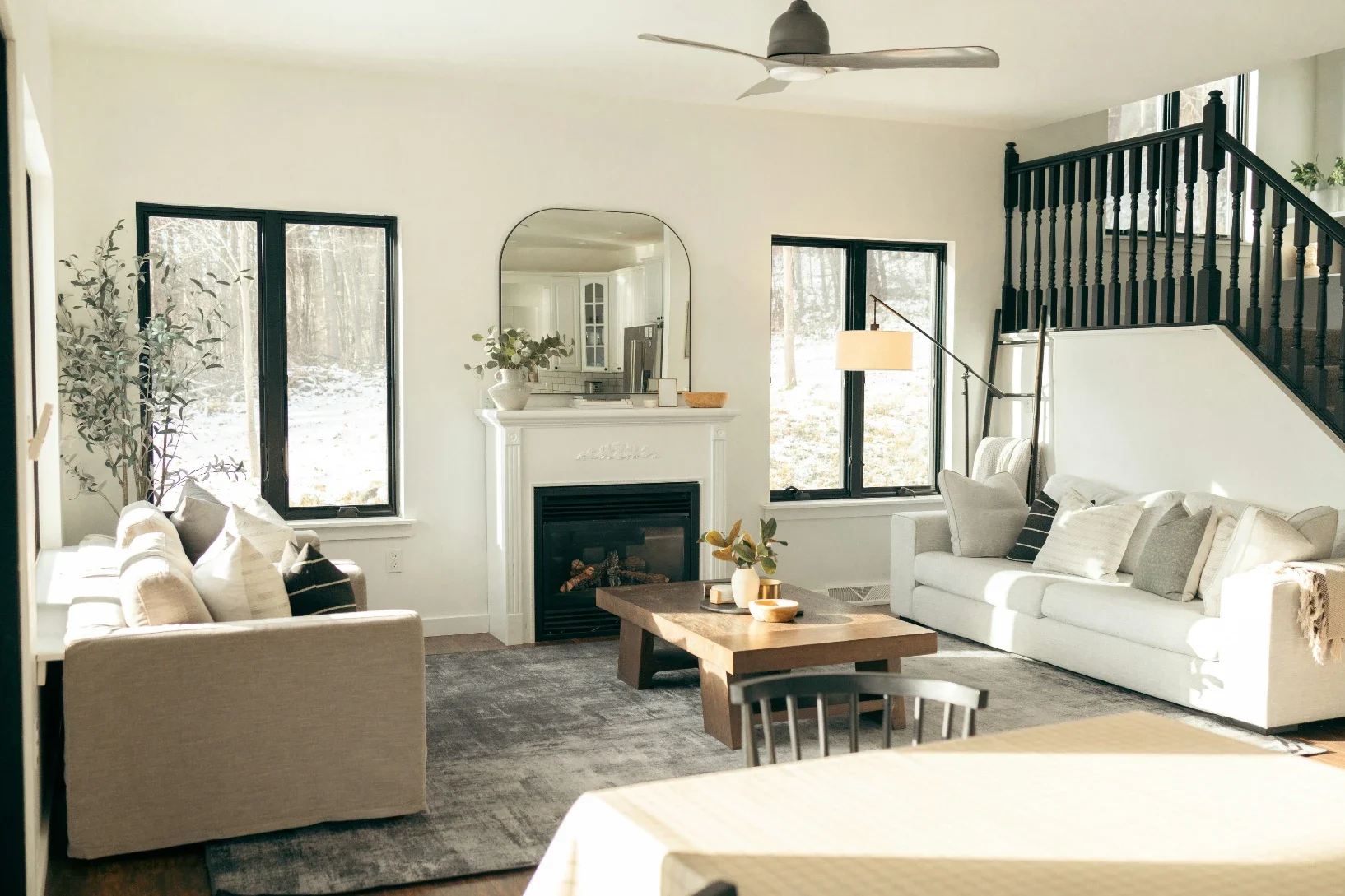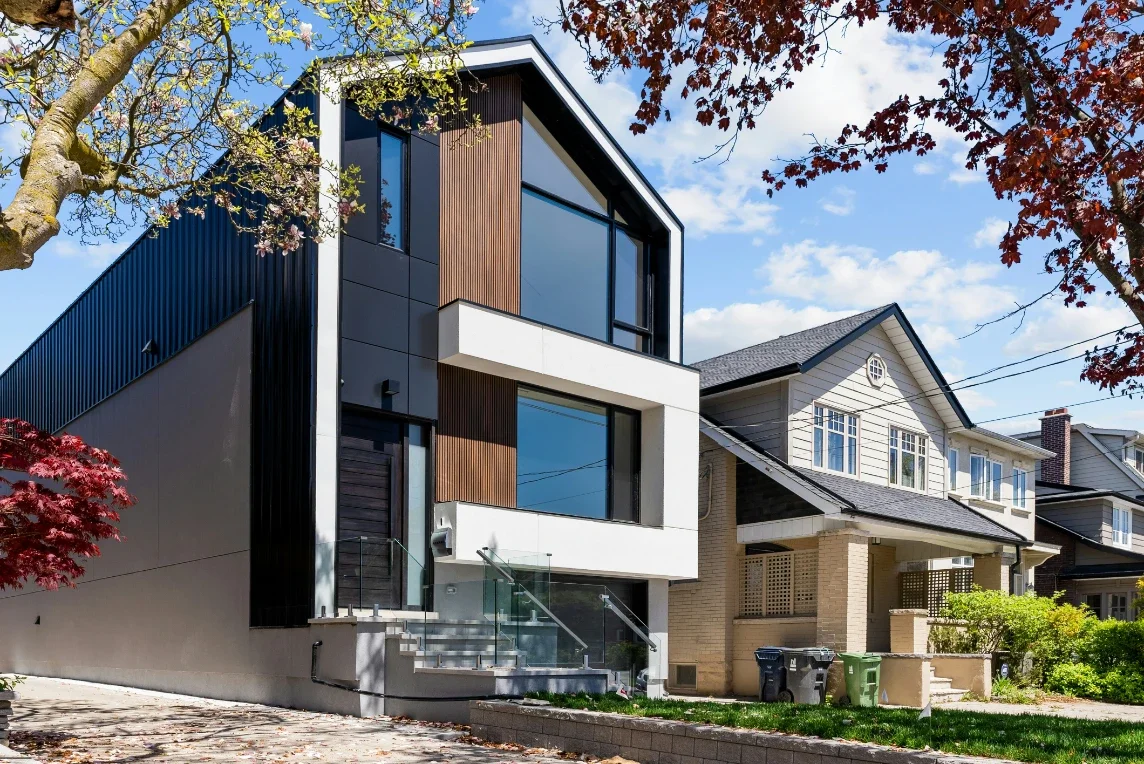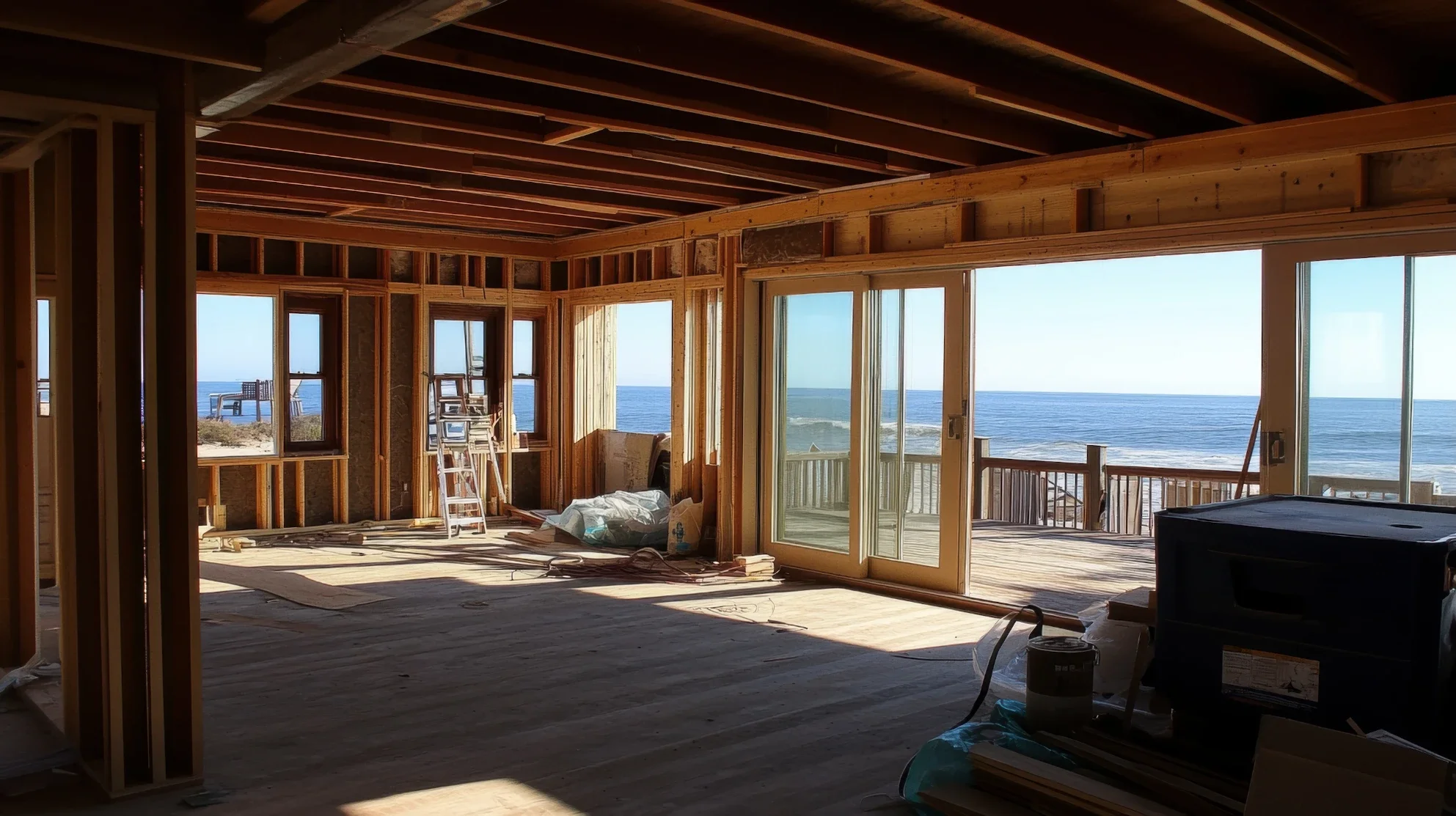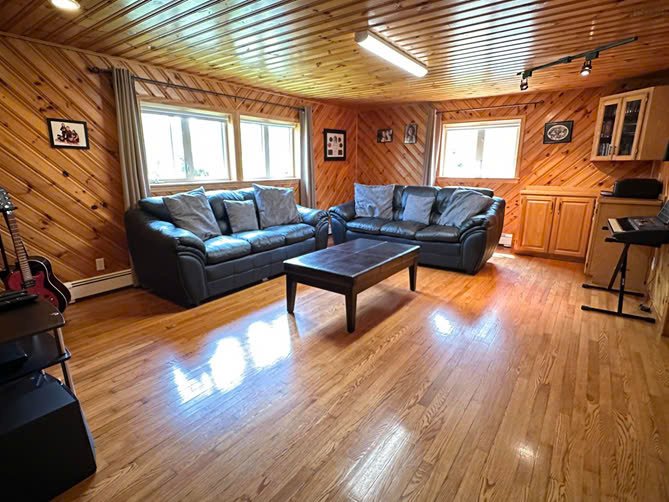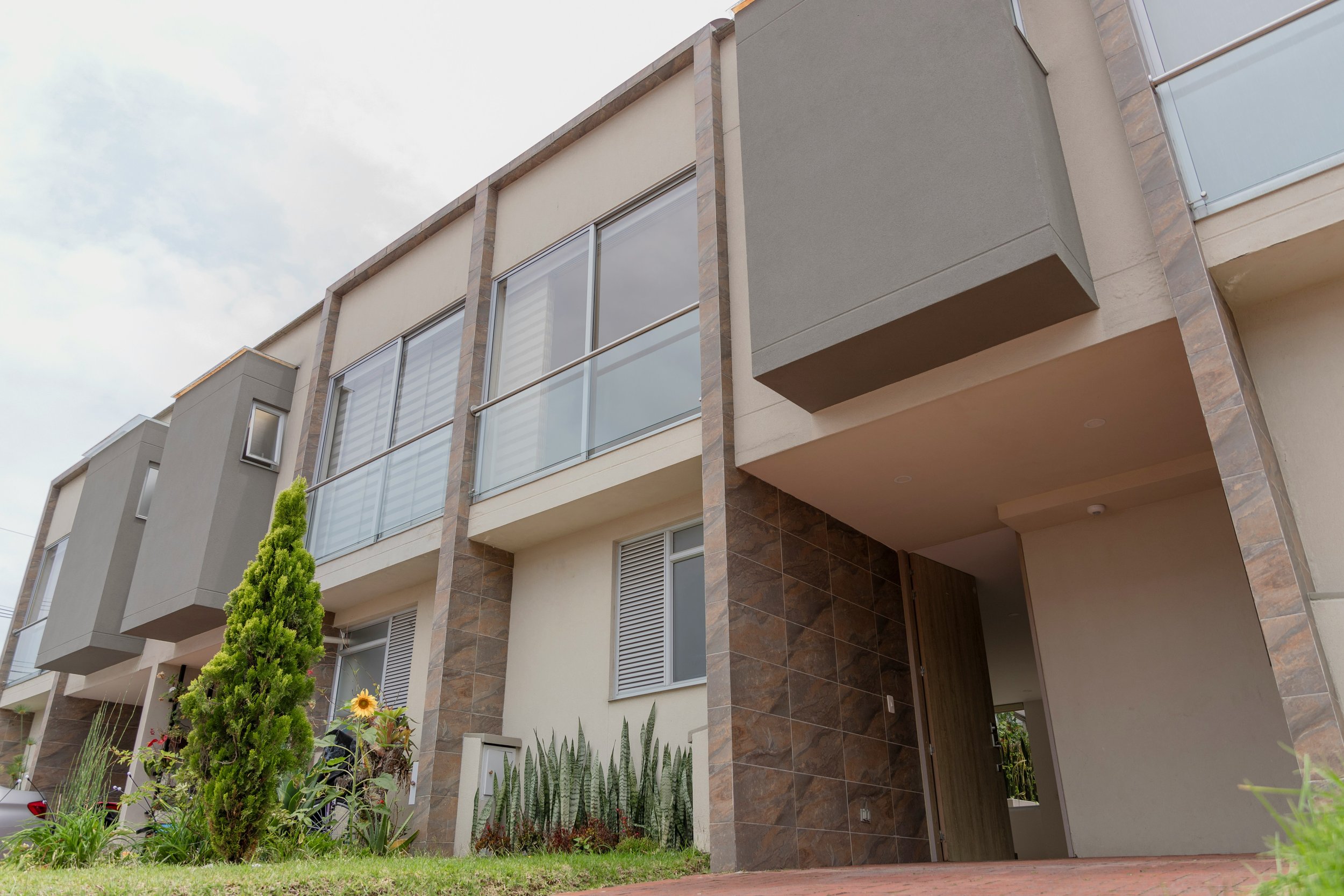How to Prepare Your Home for Real Estate Showings
Get your home show-ready with practical tips to impress buyers, highlight key features, and create a welcoming atmosphere that boosts offers.
Selling a home is a bit like a first date. You make an impression once, and whether we like it or not, appearances are crucial. When a buyer walks into a house, the first thought that comes to mind is, "Can I imagine living here?" Your goal is to make them at least nod in agreement.
Below are simple and practical tips to help you "prep" your home for showings. From a neat yard to freshly cleaned carpets—it all adds up to that "I'll take it" vibe.
First Impressions Start at the Gate
The facade and entryway are the calling card of a home. If the paint on your fence is peeling and your yard is so overgrown that the paths are invisible, a buyer may refuse to buy before even setting foot in the house. Therefore, before the show, take care of the following:
Mow the lawn and walk along the edges of the walkways.
Throw in some fresh mulch or add a few flower pots.
Wash away any dirt from the façade, walkways, and entryway (pressure washer).
Repaint or replace the front door if it's looking tired.
To check the exterior, be sure to see the house from the outside. Consider what you can quickly do to make it look neat and attractive.
Clean Until It Sparkles, And Then Some More
Nothing kills interest like the smell of fried fish from last night's dinner or a dirty corner. There's no other choice: a thorough cleaning is a must. And yes, buyers notice everything, even if you think, "Well, it's nothing." Must-dos:
Windows: clean glass = more light.
Kitchen appliances: the oven and refrigerator should be in like-new condition.
Bathroom: shiny mirrors, fresh towels, clean grout.
Floors and carpets: vacuum, wash, or better yet, have them dry cleaned.
A special point: carpets. Their condition immediately reveals how well the house has been maintained. Odors and stains speak for themselves. A fresh cleaning can really "rejuvenate" the entire room. Therefore, it is best to contact carpet cleaning services that will bring your carpets to perfect condition.
Remove Unnecessary Items as If You Were Already Packing
Coming home, you'll love to see mementos. However, for a potential buyer, they'll only create visual clutter. Ideally, you want to make it look as if the house is no longer inhabited. While you shouldn't take this to the extreme, it's worth doing some preparation:
Remove personal photographs, diplomas, and other items from the shelves. Paintings can be left in place if they fit into the decor.
There should be no clothes hanging on chairs, and it is better to put children's toys in a box.
Inspect all horizontal surfaces. They should have as few objects as possible.
If you're unsure whether to keep an item or remove it, it's best to remove it. Remember, you're not decorating your home now, you're setting the stage for a show.
Keep the Background Neutral
Your favorite bright green accent wall may delight you, but it's more likely to confuse buyers. Overly bright colors and extravagant details are distracting. A safe option is to opt for calming shades, such as gray, beige, and white. Add a touch of coziness: crisp white sheets, flowers in a vase, a soft throw. This creates a clean backdrop that's easy to "try on" your style.
Light is the Friend of Large Spaces
The brighter the space, the more spacious the home will appear. And space equals value. Helpful tips:
Open curtains and blinds as wide as possible.
Replace dim light bulbs with brighter (but warmer) ones.
Place a floor lamp in a dark corner.
Mirrors will help diffuse daylight.
And a little life hack: on the day of the showing, turn on all the lights. Don't let buyers feel like they're searching for something in the dark.
Fix the Little Things
It might seem like minor flaws aren't that big of a deal. But the buyer subconsciously puts them on a list: "Aha, I need to tweak this, redo that..." and already thinks there's a lot of work to do around the house. What can be fixed in an evening:
Patch holes and touch up the walls.
Tighten the handles, hinges, and locks.
Change burned-out light bulbs.
Stop squeaking in the doors.
A small detail, but it makes a big difference.
Each Room Has Its Purpose
If a room is simultaneously an office, a gym, and a storage room, it's confusing.
Simple solutions:
Place a table and chair in an empty corner—it's a mini-office.
Set the table in the dining room with neutral table settings.
In the living room, add a rug, a coffee table, and a few pillows.
Show that the house is comfortable to live in. The buyer needs to visualize this.
Connect With Your Senses
People buy not just square footage, but also a feeling:
Eyes: cleanliness, order, light.
Nose: fresh air, a light scent (citrus, vanilla), no pet odors.
Ears: quiet, unobtrusive music.
Hands: soft towels, a fresh carpet, smooth surfaces.
The more comfortable a person feels, the easier it is for them to say to themselves, "I want to live here."
The Yard is Also Important
A backyard, balcony, or terrace is an extension of the home. What to do:
Sweep the paths and terrace.
Neatly arrange the patio furniture.
Place a couple of green pots.
Clean and cover the grill.
Even a tiny balcony can be presented as a cozy nook.
On the Day of the Showing
There are a few rules:
Leave yourself. People need to feel "at home," not under the supervision of an owner.
Take your pets away. Some are afraid of dogs, others have allergies—it's better not to risk it.
Put the finishing touches on: take out the trash, straighten the pillows, vacuum, and open all the curtains.
It's like an actor's entrance onto the stage—everything needs to be perfect.
Bottom Line
Preparing a home for a showing isn't about achieving perfection, but about creating an atmosphere. Cleanliness, a touch of neutrality, a few cozy details, and some light—and the house already feels "ready for livin'."
Selling a home is always a bit about emotion. Give buyers that spark, and perhaps very soon you'll hear that coveted, "We're excited to make an offer."
